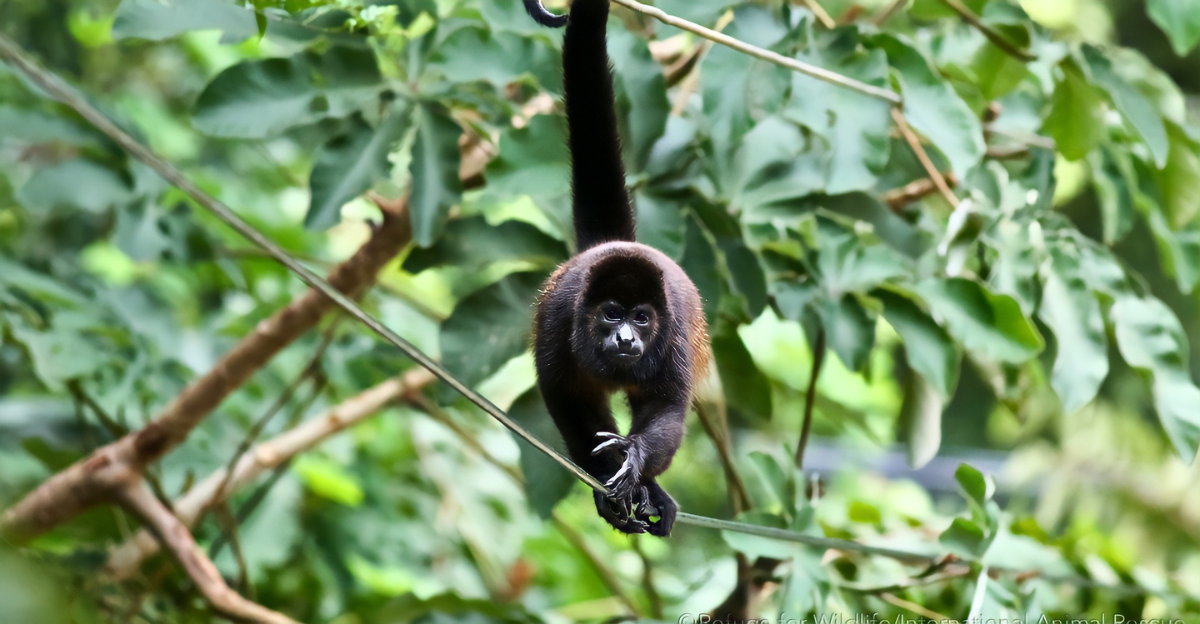
Costa Rica is famous for its lush jungles and friendly “pura vida” vibe, but a new report reveals a startling crisis in the canopy. Conservationists warn that uninsulated power lines are electrocuting Costa Rican animals at an unprecedented rate, turning nature’s paradise into a death trap for wildlife. According to International Animal Rescue (IAR), “Every day, an animal in Costa Rica is electrocuted. Most do not survive”. This heartbreaking reality has put Costa Rica “under fire,” as activists call on the government to act fast.
How Many Animals Are Affected?
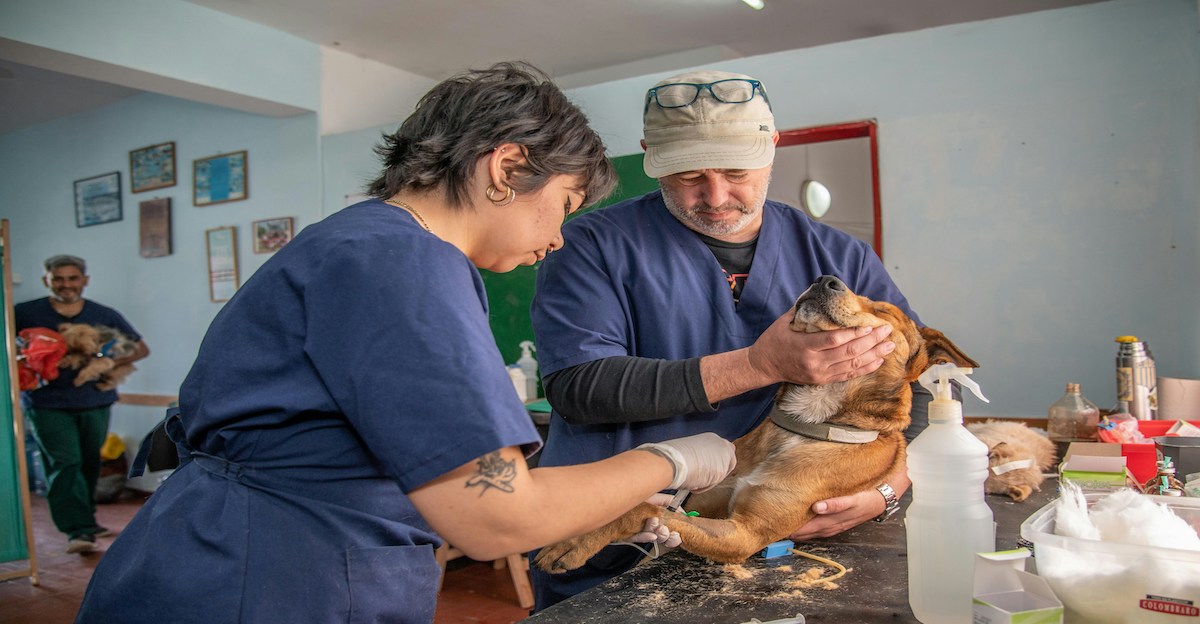
The numbers are grim. Hundreds of deaths every year are documented by rescue centers. The Jaguar Rescue Center on the Caribbean coast reported 53 animals admitted in 2024 with electrocution injuries. In Costa Rica’s Nosara region alone, nearly 100 electrocuted animals were found in one year. A 2018 government study (cited by media) logged around 4,500 wildlife electrocutions in five years nationwide. The Sloth Conservation Foundation estimates over 3,000 wildlife electrocutions each year in Costa Rica, most of them sloths.
These horrific statistics show the crisis is spreading: Jaguar Rescue noted 64 new electrocution cases in 2022, the highest ever for its region.
Sloths, Monkeys and More
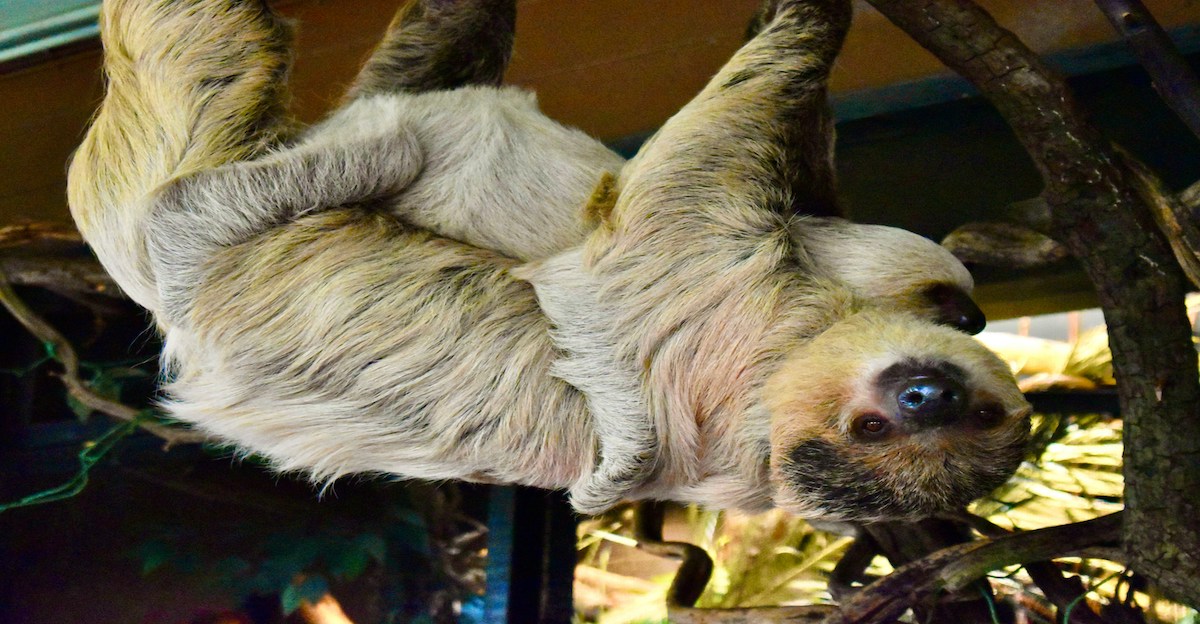
Many of Costa Rica’s most iconic animals are falling victim. Rescue centers report that about 70% of electrocutions involve sloths and monkeys. Slow-moving three-toed sloths and howler monkeys often mistake power cables for tree branches. When they bridge a live wire to ground (or another wire), the shock is fatal. Other victims include kinkajous, anteaters, opossums, birds and even reptiles. In one heartbreaking case, IAR staff found a baby howler monkey clinging to her dead mother after both were electrocuted on a high wire.
Wildlife experts worry about population ripple effects: for example, if an alpha howler male dies, the new male may kill the troop’s infants, causing even more loss.
Power Lines are Animal Highways
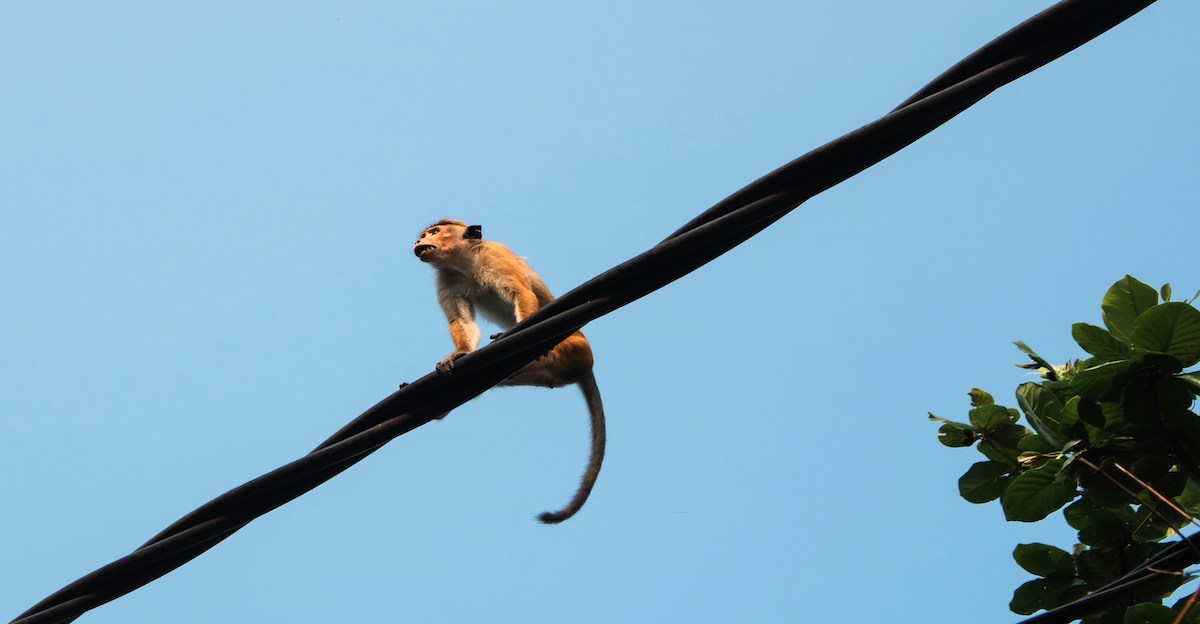
Rural development is fragmenting Costa Rica’s forests, forcing animals to navigate fragmented habitats. With tree canopy gaps and roads between forest patches, many animals use power lines as bridges, unknowingly risking their lives. An aerial power cable can span gaps that a sloth or monkey once crossed via branches. But unlike trees, these bare metal wires are deadly. A JRC spokesperson explains, “Most of the electric power lines in Costa Rica are aerial and are constructed without protective insulation. They are a threat of electrocution for any living being that has contact with them”.
This means that what looks like a convenient jungle superhighway becomes a fatal trap.
Infrastructure Challenges
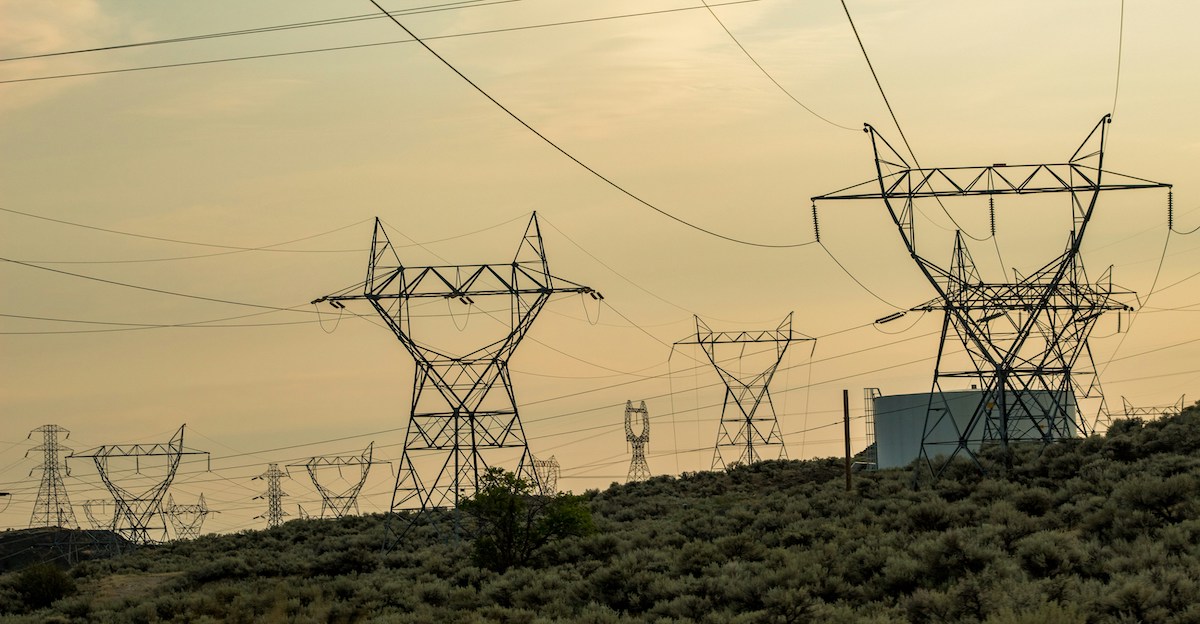
Several factors collide to create this crisis. Costa Rica’s electrical grid is mostly above-ground, with cheap, uninsulated lines and old transformers sprawled through wild areas. Urban and tourist development has surged without coordinating with wildlife needs. Environmental laws do exist, but enforcement is weak.
Conservationists Sound the Alarm
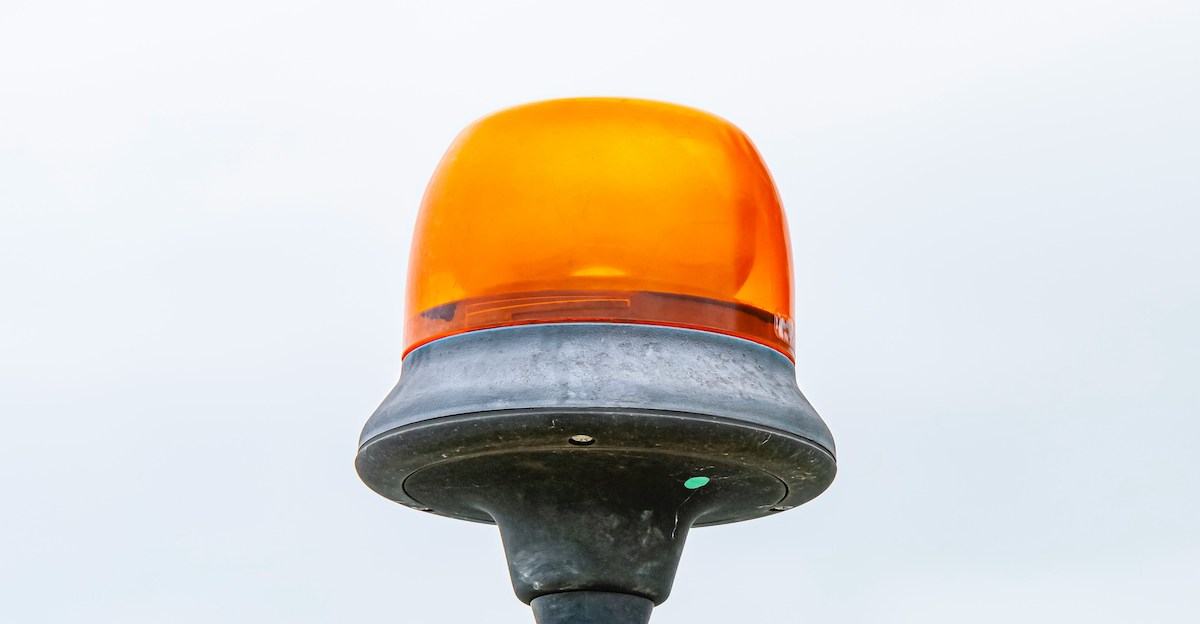
Local and international conservation groups are now raising the issue loudly. Campaigns like IAR’s “Esto No Es Pura Vida” (“This is NOT Pura Vida”) are petitioning the government and collecting signatures, arguing that letting animals burn on power lines contradicts Costa Rica’s green image. IAR’s CEO, Gavin Bruce, called the inaction “the opposite” of the country’s famed sustainability promise. Refuge for Wildlife (based in Nosara) and Jaguar Rescue Center have launched “Stop the Shocks” and “Shock Free Zone” programs to educate the public.
Dozens of news outlets now report this growing crisis, and even Costa Rica’s own environmental agencies have issued guidance (though implementation has lagged). Activists say they’re simply asking for basic promises to be kept and laws to be enforced.
On the Front Lines

Jaguar Rescue Center, Toucan Rescue Ranch, and other shelters are working tirelessly to save shock victims. They have treated hundreds of injured sloths, monkeys, and other animals, even as many die despite care. According to IAR veterinarians, roughly 90% of electrocution victims ultimately perish. Survivors often endure massive burns, broken limbs, and amputations. For example, the IAR team rushed to treat a young howler named Estrellita who survived clinging to her mother’s charred body. Even decades-old centers are scrambling – Jaguar Rescue’s statistics show 1,146 total rescues in 2024, an all-time high.
Dedicated vets and volunteers work long hours; IAR notes their staff often suffer “emotional burnout” from the trauma they witness. But each rescue also offers hope, and every animal healed is celebrated.
Wildlife Bridges and Line Insulation

Conservation projects are fighting back with creative fixes. Jaguar Rescue’s “Shock Free Zone” program, for example, has insulated over 6,450 secondary lines and dozens of transformers, and built 15 rope bridges in the treetops. These bridges give sloths and monkeys an alternative path above roads and wires. Community groups in Heredia province even persuaded the local utility (ESPH) to help build canopy bridges and cover transformers near sloth habitats. The Sloth Conservation Foundation and Toucan Rescue Ranch also fund and install line insulation kits.
Any wire cover or rope bridge can mean the difference between life and death. While these efforts are small compared to the scale of the problem, they show it’s technically possible to protect animals if there’s will and funding.
Government Response

Costa Rican authorities have begun to act on paper. In January 2024, the government issued Executive Decree No. 44329, a groundbreaking rule that requires utilities to identify danger zones, insulate cables, and protect transformers for wildlife. In March 2024, the Environment Minister also tied this issue directly to biodiversity law. But more than a year after the decree, activists say little has changed on the ground. No penalties have been enforced, and budget and manpower are lacking. IAR and others stress that existing laws need real teeth, not just headlines. In the words of conservationists, “Every delay costs lives.”
The Road to Safer Wiring

Costa Ricans and visitors alike want the country to live up to its eco-friendly reputation. Ending this wildlife crisis will take cooperation from everyone – the government, power companies, communities, and tourists. Technological fixes (like insulated cables, underground lines or safe passageways) are available, and more money can be invested in them. Programs to educate farmers and builders about preserving tree corridors are underway.
Meanwhile, each rescued animal story — like Estrellita’s miraculous survival — garners public attention. As Jaguar Rescue noted, public donations and volunteers are key to their work.







